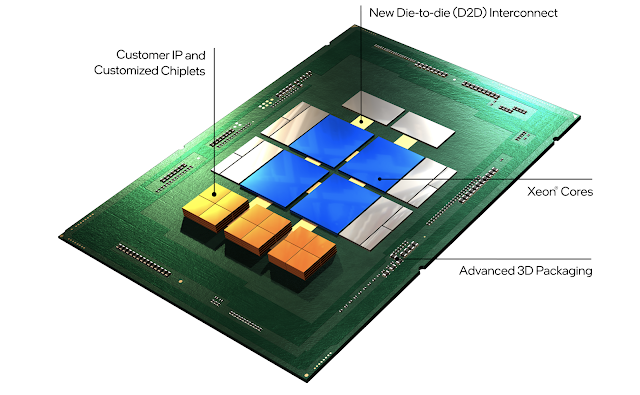Google Cloud introduced its Compute Engine C3 VMs powered by the 4th Gen Intel Xeon Scalable processor and Google’s custom Intel Infrastructure Processing Unit (IPU).
C3 machine instances use offload hardware for more predictable and efficient compute, high-performance storage, and a programmable packet processing capability for low latency and accelerated, secure networking.
The VMs are optimized to work with Hyperdisk, Google Cloud's next-generation block storage. The company says this new architecture decouples compute instance sizing from storage performance to deliver 80% higher IOPS per vCPU than other leading hyperscale cloud provider. Compared with the previous generation C2, C3 VMs with Hyperdisk deliver 4x higher throughput and 10x higher IOPS.
“We are pleased to have codesigned the first ASIC infrastructure processing unit with Google Cloud, which has now launched in the new C3 machine series. A first of its kind in any public cloud, C3 VMs will run workloads on 4th Gen Intel Xeon Scalable processors while they free up programmable packetprocessing to the IPUs securely at line rates of 200 gigabits per second,” says Nick McKeown, Intel senior vice president, Intel Fellow and general manager of Network and Edge Group. “This Intel and Google collaboration enables customers through infrastructure that is more secure, flexible and performant.”
https://cloud.google.com/blog/products/compute/introducing-c3-machines-with-googles-custom-intel-ipu
Intel unveils IPU roadmap with ASIC and FPGA designs

Google collaborates on Intel's ASIC-based infrastructure processor

Intel rolls FPGA-based Infrastructure Processing Unit (IPU)























